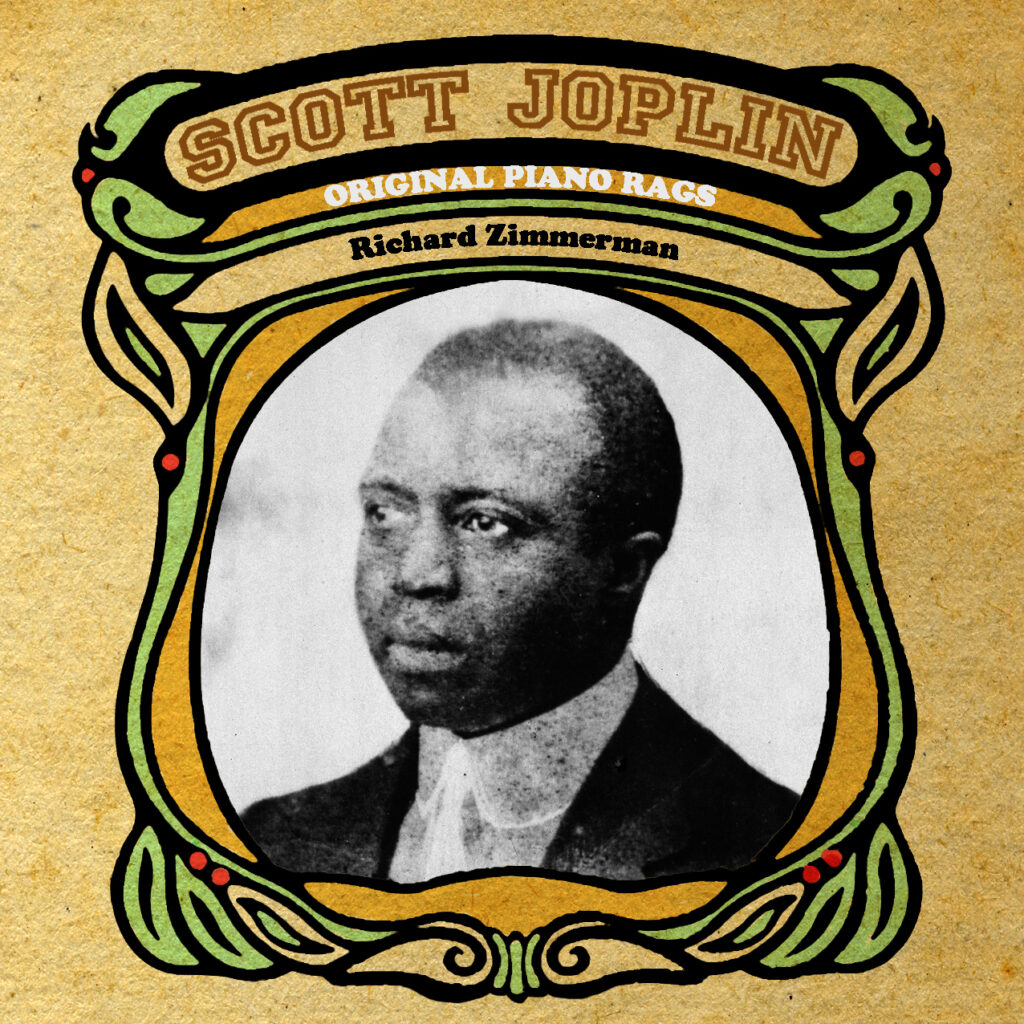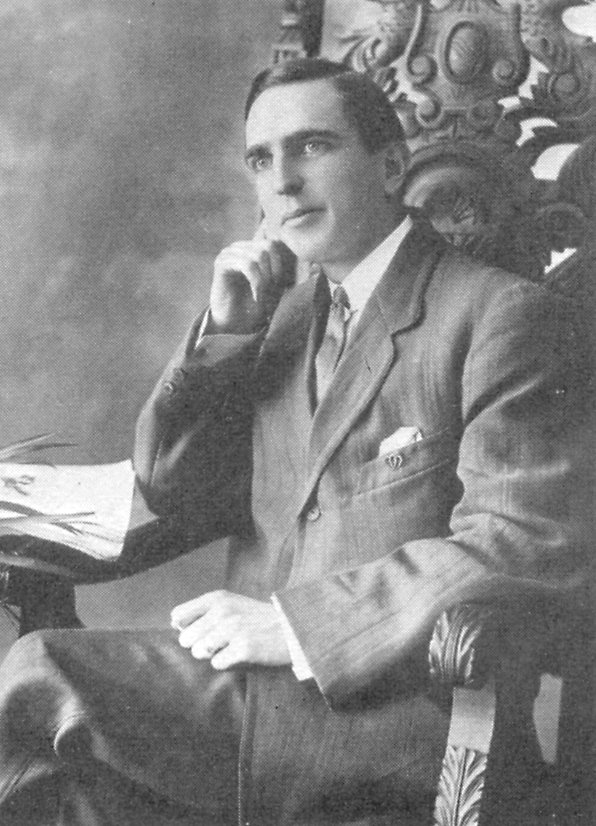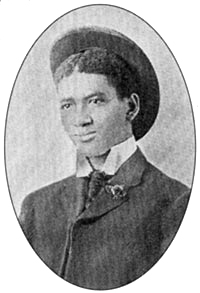Harlem Late Night jazz Presents:
Ragtime: 1880
HARLEM LATE NIGHT JAZZ Presents:
Ragtime: 1880
The Jazz History Tree
Ragtime is a musical style that enjoyed its peak popularity between 1895 and 1918. Its cardinal trait is a syncopated or “ragged” rhythm.1 Sometimes referred to as “jig piano” or “piano thumping,” ragtime originated in African American communities in the Mississippi Valley. “Piano Professors” journeyed throughout the river valley “thumping” in all night cafes, saloons, pool halls, and sporting houses in cities such as Sedalia and St. Louis, Missouri. The emergence of mature ragtime is usually dated to 1897, the year in which several important early rags (musical compositions in ragtime) were published. In 1899, Scott Joplin’s Maple Leaf Rag was published, which became a great hit.2 By the early 1900s, ragtime flooded the music publishing industry. The popularity and demand for ragtime also boosted sales of pianos and greatly swelled the ranks of the recording industry.
Ragtime seemed to emanate primarily from the southern and Midwestern states, with the majority of activity occurring in Missouri.3 Itinerant pianists, who traversed the South and Midwest, eventually congregated in Missouri to produce a compilation of core ragtime compositions. These roving composers include Scott Joplin, Charles Hunter, Thomas Turpin, Louis Chauvin, Charles L. Johnson, and many others.
Ragtime exploded and evolved as a precursor to Dixieland and later forms of jazz with all-time greats such as the aforementioned Scott Joplin, James Scott, Jelly Roll Morton, Joseph Lamb, and James P. Johnson. Scott Joplin is considered the “King of Ragtime” and one of the “big three” composers of classic ragtime (Joplin, Scott, and Lamb). During his short career, Joplin wrote forty-four original ragtime pieces, as wells two operas and one ragtime ballet.
In 1912, James Reese Europe’s Clef Club Orchestra became the first “jazz” band to play at Carnegie Hall. The concert introduced Ragtime (and “Hot Jazz”) to broader audiences and had tremendous social and cultural impact, as the music of black musicians began to explode in the US and Europe. It is hard to overstate the importance of that event in the history of jazz in the United States.
Two of America’s first dance crazes, the cakewalk and the fox-trot, were often done to rag. The cakewalk was influenced by the African tradition ring shout. Ragtime was greatly influenced by the African American jazz roots of blues, work songs, and Negro spirituals.



Footnotes:
1 Edward Berlin, “Ragtime,” Oxford Music Online, Oxford University Press, 2020, https://doi.org/10.1093/gmo/9781561592630.article.A2252241.
2 New World Encyclopedia contributors, “Ragtime,” New World Encyclopedia, http://www.newworldencyclopedia.org/p/index.php?title=Ragtime&oldid=1020931.
3 “History of Ragtime,” The Library of Congress, https://www.loc.gov/item/ihas.200035811/.